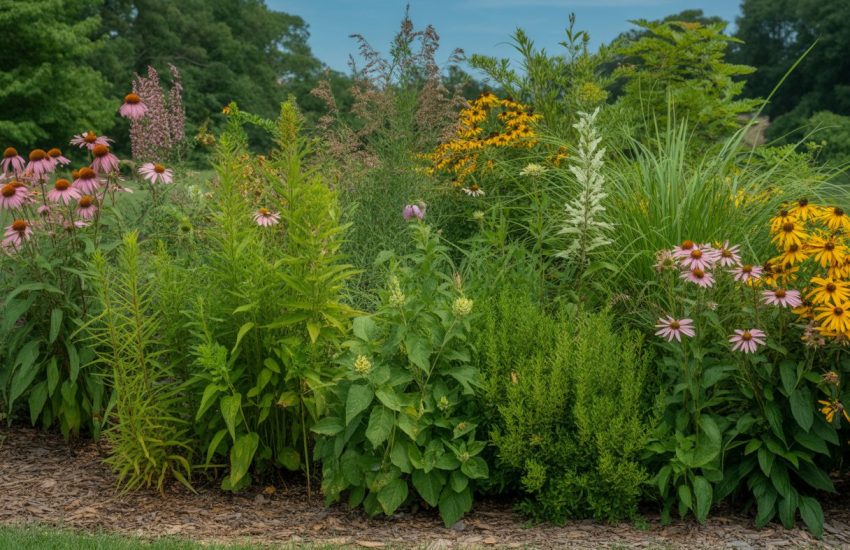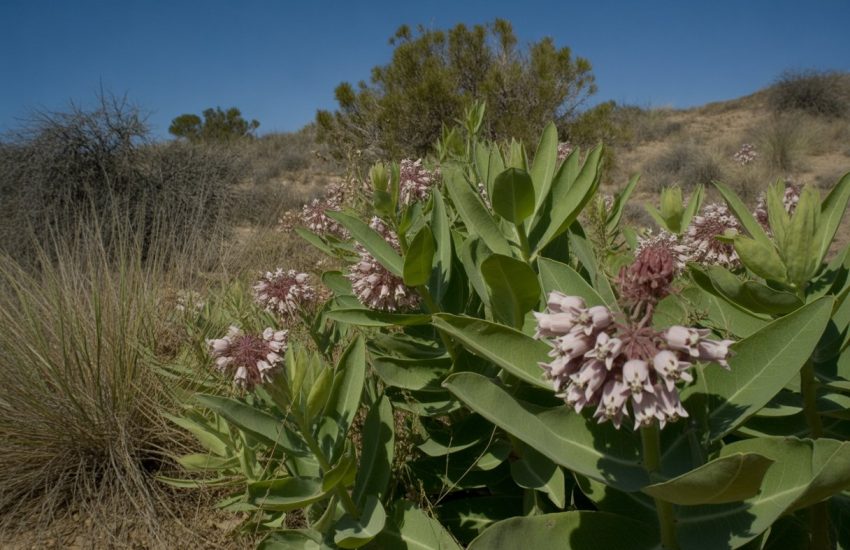Native Spinach for Missouri: Growing and Benefits Explained
Native spinach in Missouri? It’s actually wild greens—think amaranth or pigweed—that Native Americans and early settlers relied on for food and medicine.
These plants grow just about anywhere across the state and give you a nutritious, local alternative to your typical grocery-store spinach. They’re tough and well-suited for Missouri’s climate, so foragers and gardeners have it easy.
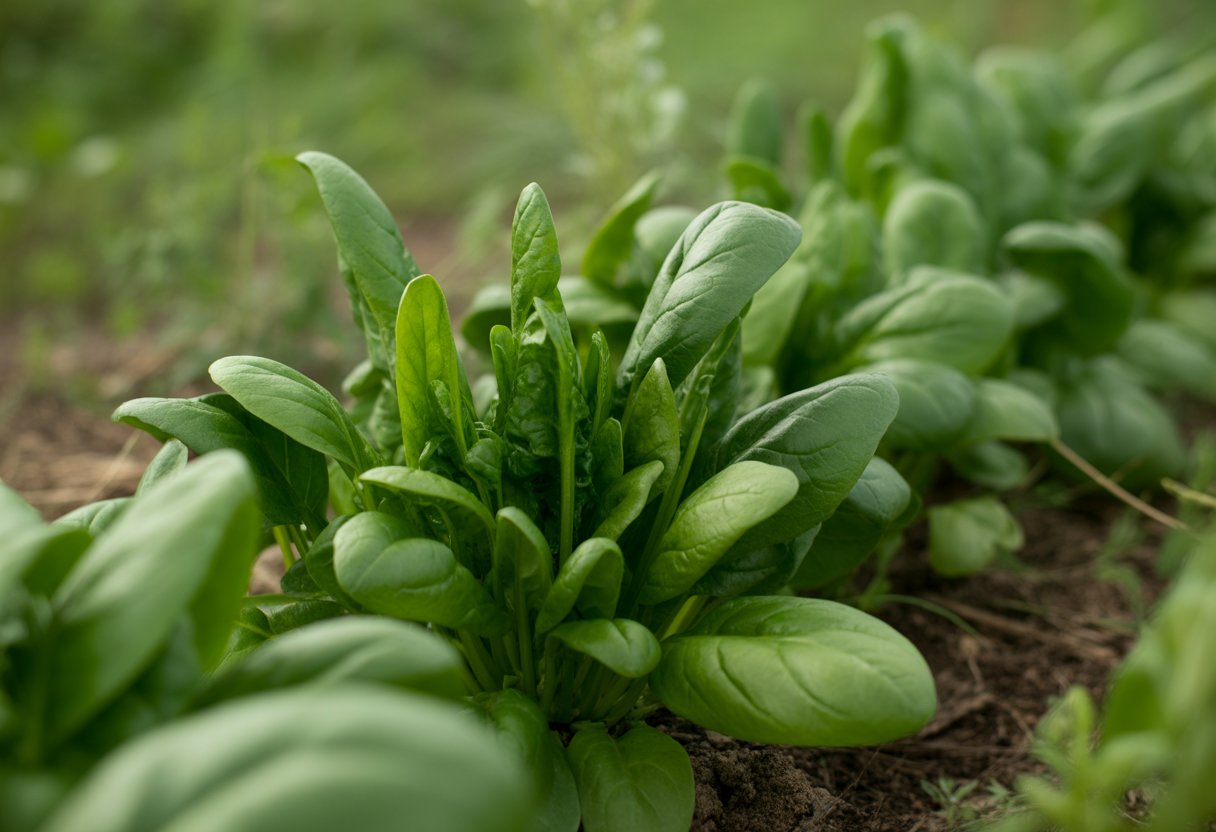
Native Americans prized this spinach for its nutrients and reliable harvests, no matter the season. If you’re curious about regional plants, you’ll spot native spinach along roadsides, in fields, and wherever the soil’s been disturbed.
Learning how it fits into local history and ecology really makes you appreciate native foods in a new way.
Native Spinach Varieties for Missouri
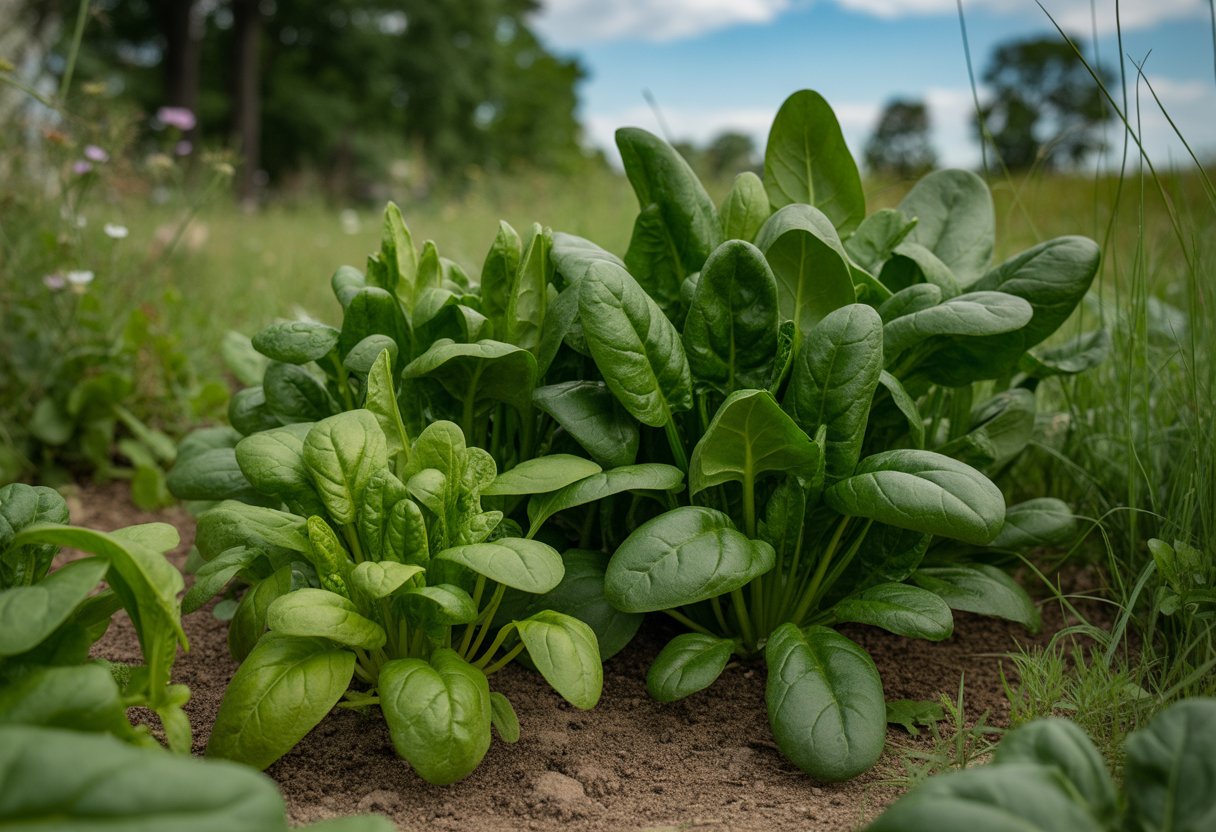
You’ll find several native spinach species thriving in Missouri’s climate and soil.
These wild edibles offer local alternatives to standard leafy greens, and they’re nothing like the non-native vines grown elsewhere.
Wild Native Spinach Species
Missouri’s native spinach includes Chenopodium album (lamb’s quarters) and Amaranthus retroflexus (redroot pigweed). Both have young, edible leaves and seeds.
Lamb’s quarters pop up everywhere here, and their nutrient-rich leaves work just like regular spinach in the kitchen.
You’ll see these plants in all sorts of places—woodland edges, disturbed ground, you name it.
They’re seasonal, best harvested in spring and early summer before they get tough. Wild native spinach fits right into local ecosystems and doesn’t need the fuss of cultivation like commercial crops.
Comparison to Malabar Spinach and Other Alternatives
Malabar spinach (Basella rubra) is a tropical vine some folks grow in Missouri gardens as an alternative. It loves hot summers but needs a little more care to get going.
Unlike our wild native spinach, Malabar spinach isn’t from around here and doesn’t reseed itself in Missouri’s climate.
Malabar’s got a juicy texture but can’t handle the cold. If you want something you can forage or grow with less effort, native species like lamb’s quarters or dandelions are easier and more sustainable.
Cultivation and Care of Native Spinach
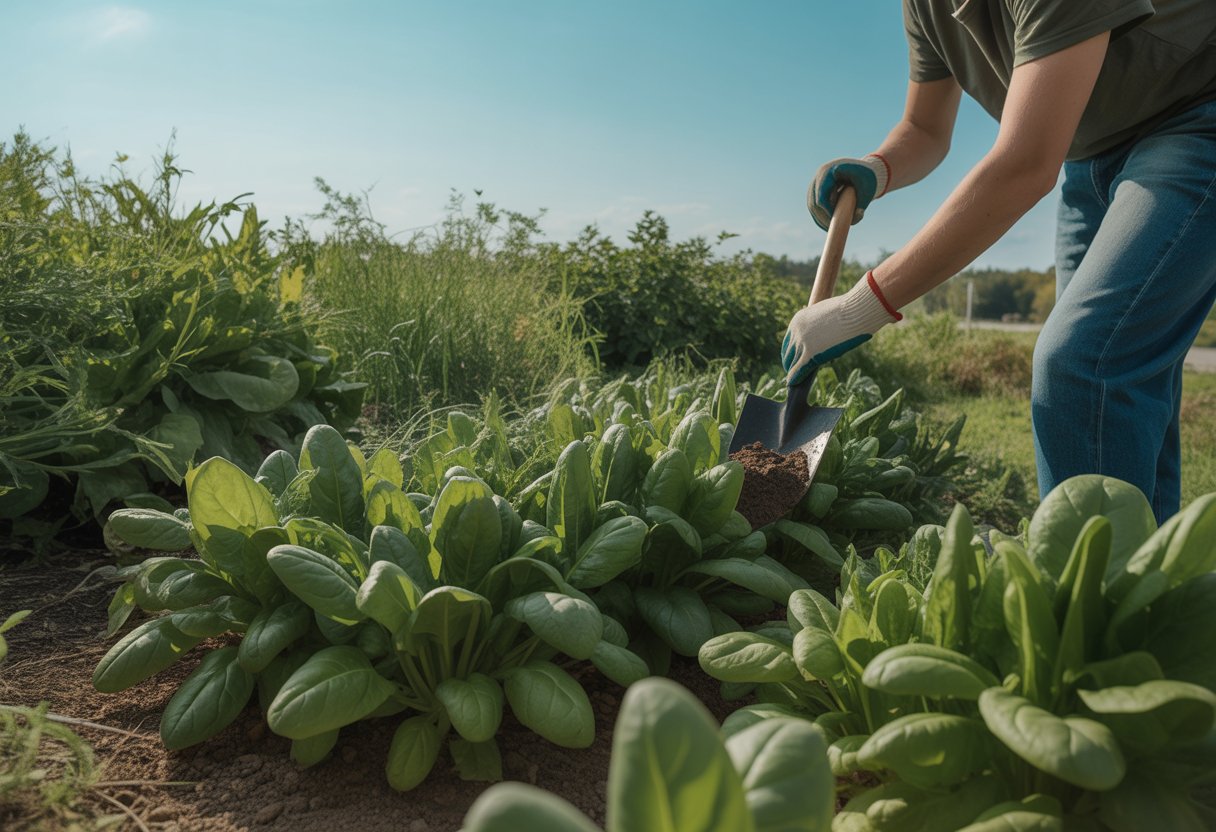
Native spinach grows best if you pay attention to soil, planting, watering, and a bit of maintenance. Where you plant, when you water, and how you manage growth all matter for healthy, tasty leaves.
Soil and Site Requirements
You’ll want well-drained soil packed with organic matter. Loamy soil with a pH around 6.0-7.0 works great.
Avoid heavy clay or soggy spots—roots hate being waterlogged.
Full sun to partial shade is ideal. Too much shade stunts leaf growth, but if the sun’s relentless, you might need to water more often. Somewhere with moderate sunlight keeps things steady.
Mixing in compost or aged manure improves your soil and boosts fertility. If you’re detail-oriented, periodic soil tests help keep nutrients balanced.
Planting and Germination
Treat native spinach as an annual in most of Missouri, though it might stick around longer in a cozy microclimate.
Sow seeds in early spring when the soil’s at least 50°F (10°C).
Plant seeds about half an inch deep, spaced 2-4 inches apart, with rows 12-18 inches apart. You’ll usually see sprouts in 7-14 days if the soil stays moist and temps are between 50-75°F (10-24°C).
Soaking seeds overnight can help them pop up faster. A little mulch keeps the soil damp and the temps even.
Watering and Moisture Management
Native spinach likes steady moisture but doesn’t want soggy feet. Aim for about an inch of water each week, from rain or your hose.
Drip lines or soaker hoses work well—they send water right to the base, keeping leaves dry and disease at bay. Keep the soil moist, not swampy.
When it’s hot and dry, bump up the watering a bit. Mulch helps hold onto moisture and keeps the soil from getting too hot.
Pruning and Air Circulation
Snip plants regularly to encourage bushier growth and more leaves. Yank off any damaged or yellowed leaves early.
Give your plants space—6-8 inches between them is good—to keep air moving and prevent fungal diseases, especially in sticky Missouri summers.
Harvest mature leaves from the outside in, and you’ll keep the plant producing longer.
Gardening, Harvesting, and Uses
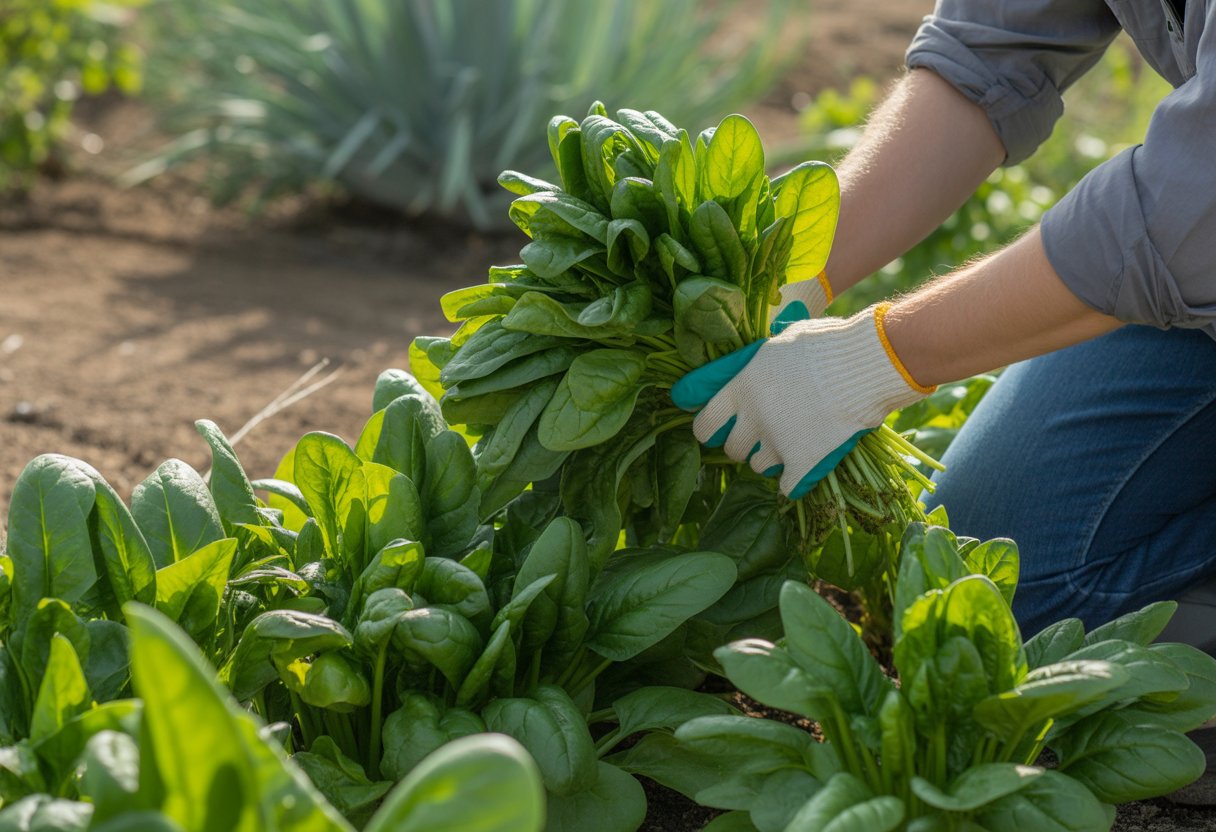
Native spinach does well in Missouri gardens if you pay attention to care and timing. Harvesting at the right moment makes all the difference, and it’s a solid way to add nutrients to your meals.
Growing in Home Gardens
Native spinach prefers loose, fertile soil (pH 6.0-7.5). It handles partial shade, though it’ll take full sun when it’s cooler out.
Get seeds or seedlings in the ground early spring or late summer for best results.
Water regularly, especially when it’s dry, but don’t drown the roots. Compost boosts soil nutrients, and mulch or cover crops keep moisture in and weeds out.
Thin seedlings as they grow to avoid overcrowding. Most pests ignore native spinach, but keep an eye out for aphids and leaf miners just in case. It’s a low-maintenance choice that adapts well to home gardens and gives you fresh, edible leaves.
Harvesting and Storage
Pick leaves when they’re 3-4 inches long—usually about 30-40 days after planting. Snip the outer leaves to keep the plant going. Don’t take more than a third at once or you’ll slow it down.
Harvest in the morning when leaves are crisp. Use clean scissors or a knife so you don’t damage the plant.
Rinse leaves gently after picking and let them drain.
For short-term storage, wrap leaves in a damp cloth and pop them in the fridge. They’ll last 3-5 days. Want to store them longer? Blanch and freeze the leaves.
Nutritional Value and Culinary Uses
Native spinach packs potassium, iron, vitamin A, and fiber—pretty solid for a wild green.
Its mild taste means you can eat it raw in salads or sandwiches, and it holds up to cooking too.
Try it steamed, sautéed, or tossed into soups and casseroles. It goes well with garlic, lemon, or olive oil. You can swap it for regular spinach in most recipes.
Some folks dry the leaves for seasoning or tea. Growing your own native spinach feels good and cuts down on store-bought greens.
Ecological Benefits and Landscaping
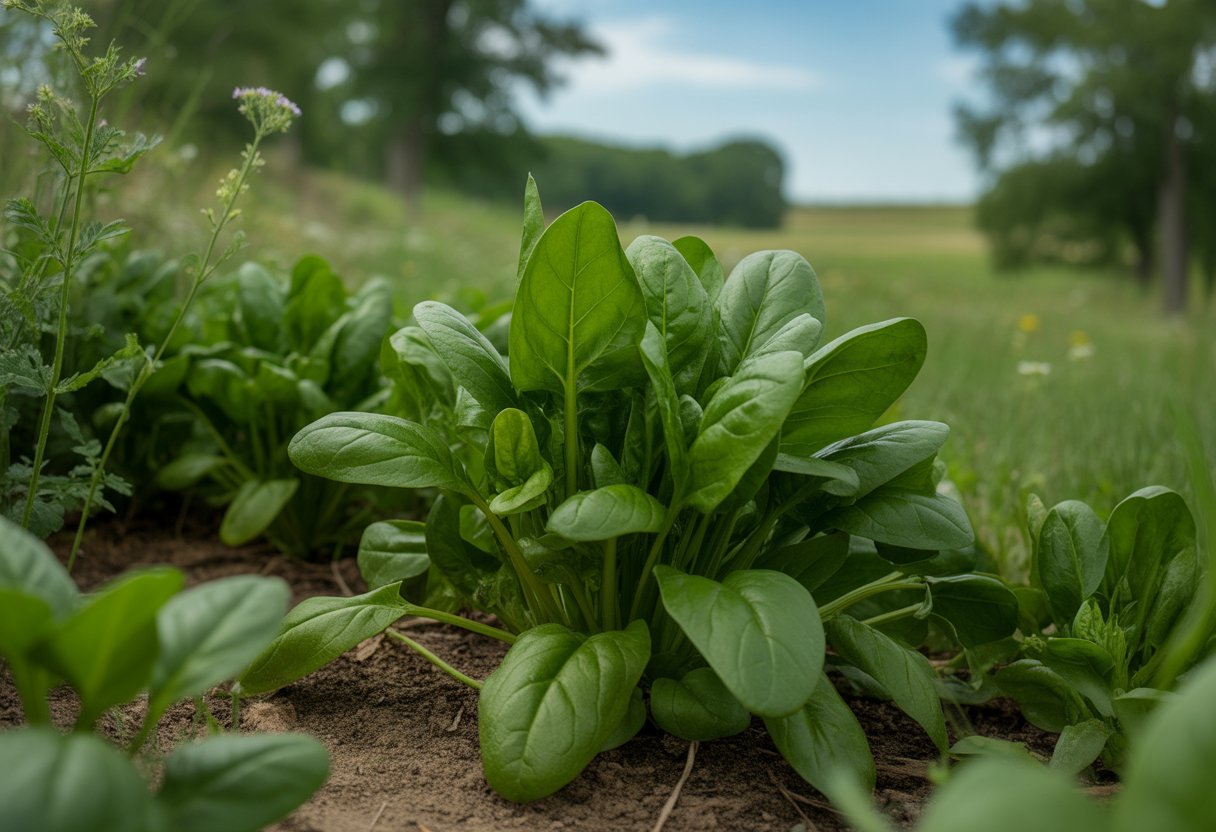
Native spinach isn’t just food—it’s a real asset for local ecosystems. It fits right into sustainable landscaping and helps wildlife, too.
Supporting Pollinators and Native Wildlife
Native spinach draws in pollinators like bees and butterflies, thanks to the nectar and pollen it offers during bloom. That’s a big deal for native bee species that depend on local plants.
Butterfly larvae and small herbivores also snack on it. Because it’s local, it meshes well with the food web and supports biodiversity.
If you plant native spinach, you’ll see more beneficial insects and healthier pollination for your veggies and wildflowers. It’s a small step, but it really does help build a more resilient local environment.
Uses in Landscaping and Companion Planting
Native spinach climbs and sprawls, making it a great pick for vertical gardening on trellises. You can squeeze it into tight spaces or urban gardens, and it’ll still thrive.
It brings a splash of greenery and texture that plays well with other native plants. I love how it just fills in gaps and perks up the place.
For companion planting, native spinach acts as a living groundcover. It chokes out weeds and helps the soil hold onto moisture—a real win if you ask me.
You’ll notice its presence can lift the vibe and health of your whole edible patch. Sometimes it’s those subtle helpers that make all the difference.
In landscaping, the broad leaves and wandering vines add some seasonal flair. It fits right in with prairie-style gardens and native plant combos.
You get a nice harvest, too, without sacrificing the wild, natural look. Not bad for a plant that’s doing double duty.

